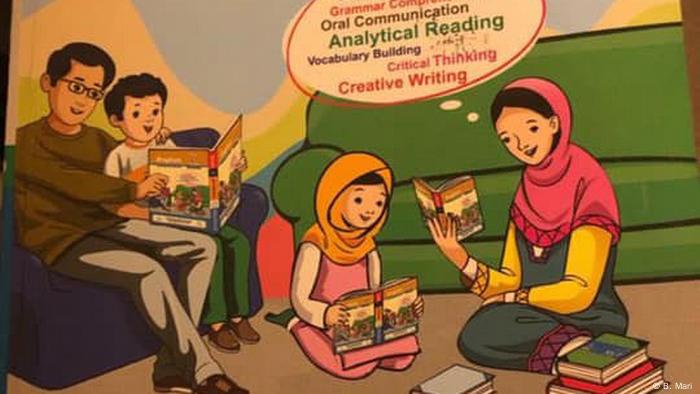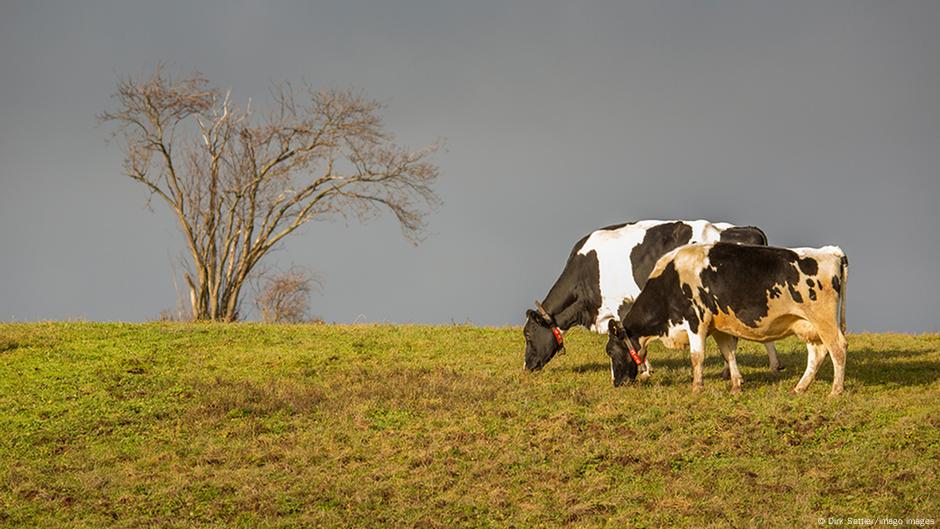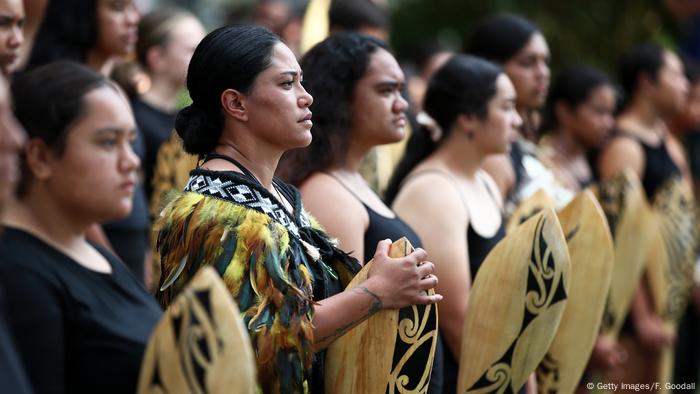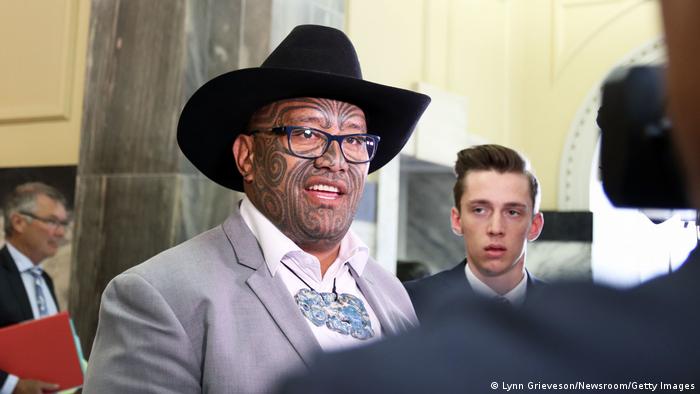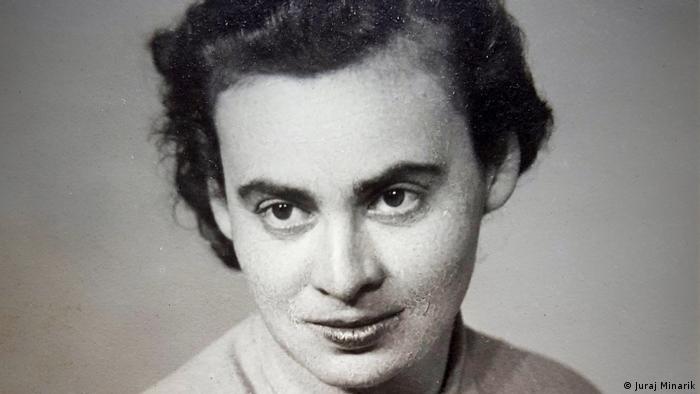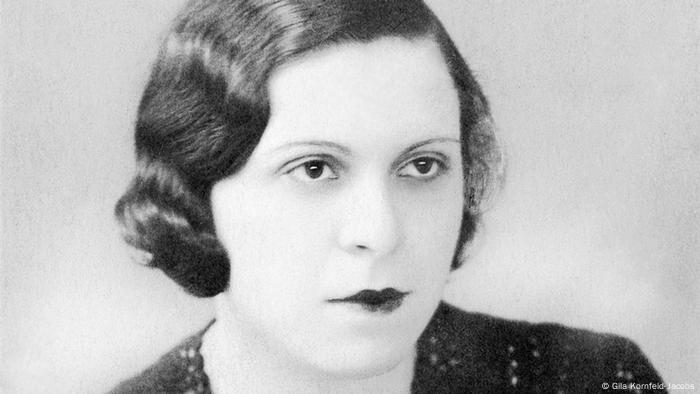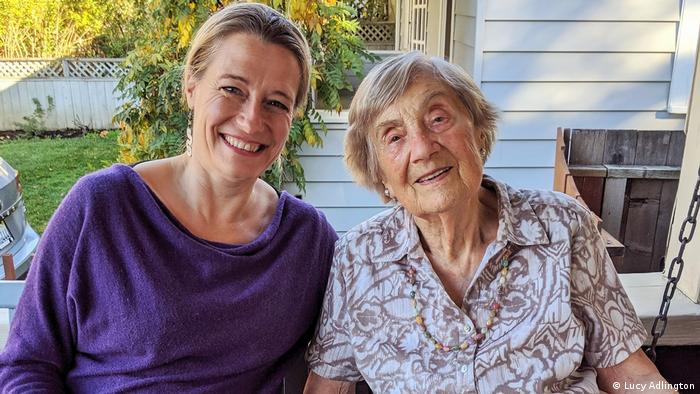This week, the Gadhafi name was in the headlines again. Saadi Gadhafi, the third son of former Libyan dictator, Moammar Gadhafi, was released from prison on Sunday. Reports indicated he left the country for Turkey immediately after his release.
Saadi had been held in a prison in Tripoli for seven years, charged with crimes against protesters during the country's 2011 uprising that toppled his father's regime and also of the 2005 murder of a popular Libyan soccer player, Bashir al-Rayani, who had been openly critical of the Gadhafi regime. A court of appeal had already acquitted Saadi, who played football professionally, of the latter in 2018.
According to agency reports, Saadi, 47, was only released last week because of negotiations between senior tribal figures, the country's interim prime minister Abdul Hamid Dbeibah and Fathi Bashagha, a former interior minister, who has a chance of becoming the country's prime minister after elections in late December.
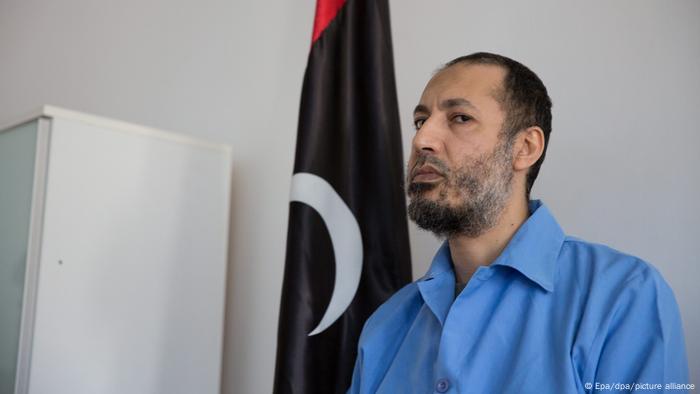
Saadi Gadhafi, who was released from a Tripoli prison on Sunday, seen here in 2015
Some locals in the city of Tripoli were skeptical about the motivations of those who had arranged Saadi's release. "In my opinion, all of this is because of political agreements between those people who are close to the presidency," Abdellatif Dakdak, a fuel engineer, told pan-African broadcaster, Africanews.
Political ambitions
Long-time Libya observers believe those dubious locals may have a point: As the country's December 24 election nears, the Gadhafi name is likely to become increasingly important.
Moammar Gadhafi ruled Libya for over four decades until his regime was brought down by a revolution in 2011. Of his seven sons, three were killed during the violent uprising that followed.
Afterwards, remaining members of his family — sons Mohammed and Hannibal, daughter Aisha and wife Safia — were granted asylum in Oman. Hannibal, 45, is thought to be in custody in Lebanon after being arrested there in late 2015, on charges related to the case of a Lebanese cleric who disappeared in Libya in 1978. Hannibal's wife and children apparently have refugee status in Damascus in neighboring Syria.
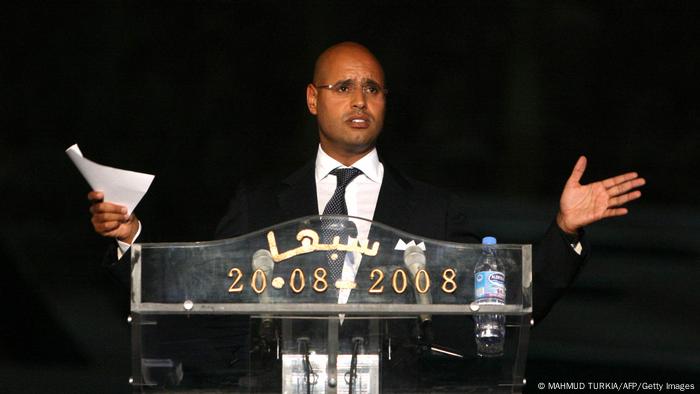
Saif al-Islam withdrew from Libyan politics in 2008, saying he was frustrated with the pace of change
But perhaps the most significant scion of the Gadhafi family today is 49-year-old Saif al-Islam, the only family member who has political ambitions at the moment, sources said.
After the uprising Saif was captured by tribal militias in Zintan, in northwestern Libya. He was released by them in 2017 and is thought to still be living among his former captors. In July, in an interview with the New York Times, the first he had given a Western publication for years, Saif hinted at a presidential bid this year.
Potential comeback
It may sound strange to international observers but there is a genuine chance for the son of Moammar Gadhafi, a ruler renowned for his eccentricity and brutality, to make some kind of political comeback in Libya.
Mostly this is due to the increasingly fragmented nature of the Libyan political scene at the moment.
In the recent past, the country's various factions were more easily classified. For example, in 2011, they were either pro-revolutionary or pro-Gadhafi. Over the past few years as civil war broke out, they could be split into eastern or western factions, as the two major groups fighting for control of the country had strongholds at either end of the nation. Rebel military commander Khalifa Haftar was based in the east and Fayez al-Sarraj headed an internationally recognized government in the west.
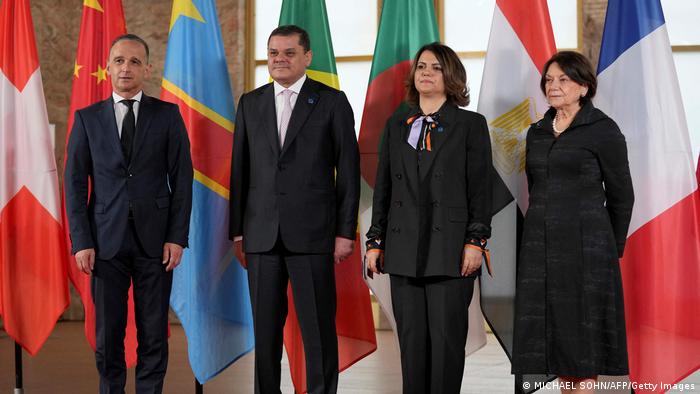
Libya's interim prime minister Abdul Hamid Dbeibah (center left) in Berlin in June
"There is no actor or group that can clearly dominate the Libyan political scene," confirmed Tim Eaton, a senior researcher at Chatham House and the author of a report on the evolution of Libya's war economy.
"It has become very complicated and very localized. It's like a game of 3D chess with different leaders and networks trying to forge alliances, or perhaps working on certain things together but on a limited basis."
For example, as Eaton wrote in a detailed analysis of the Libyan military, Haftar has tried to integrate Gadhafi loyalist officers into his own senior leadership since 2016 "in an attempt to expand his military alliance."
No ideology
"The Libyan political landscape is really fragmented on a cellular level and incredibly politically fluid," added Mohamed Omar Dorda, one of the co-founders of for-profit consultancy Libya Desk, which has worked with German think tanks, including the Konrad Adenauer and Friedrich Ebert foundations, and is well networked inside the country and with the former regime.
"Traditional alliances are a thing of the past. Now everyone is talking to everyone and people who were arrested back in 2011 and completely sidelined, are starting to look like they could become a go-to alliance," Dorda told DW.
Dorda believes the negotiations around the recent release of prisoners like Saadi Gadhafi are part of that alliance-building. These political mergers are no longer ideological, he noted, they're purely transactional and about political power. Which is where the Gadhafi family comes back into it.
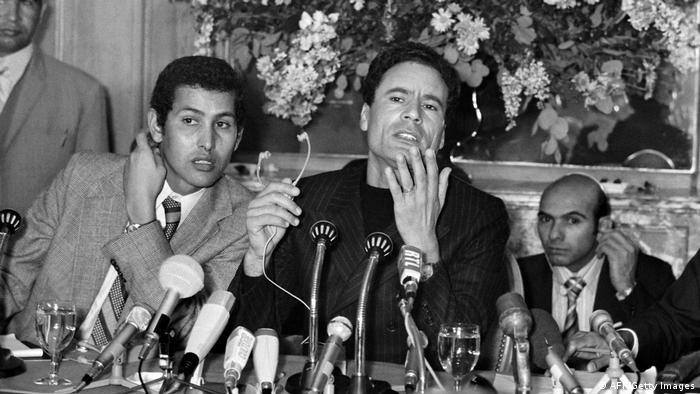
Libyan leader Moammar Gadhafi at a press conference in Paris in 1973
President Gadhafi?
They are still popular with some Libyans and could make for potential allies too, even for those who previously considered them enemies. "There are people in Libya who would agree that, given the events of the past few years, the country was better off under Gadhafi," Eaton explained.
"Some of these are the same people who would explain the troubles of the past few years as being caused by terrorists or by foreign interference. There are people in Libya who never abandoned the Gadhafis and places right across the country still flying the green flag," he said, referring to the fact that Moammar Gadhafi chose green for the Libyan flag in 1977.

Saif al-Islam (left on poster) was seen by some as a potential reformer in his father's regime
"There is certainly a constituency for Saif," Eaton said.
Dorda argues that Saif "has a good chance of performing well in elections or, if he were not to run and took up a kind of kingmaker role where he supports another candidate, he's all but guaranteed a position of power."
Eaton is a little more skeptical. "Although you need to be careful of the sources, some polling certainly suggests he's the most electable name – and he [Saif] would draw a lot of confidence from that," Eaton conceded.
"But it's difficult to see how he could rise back to prominence," the Chatham House analyst argued. "He can't operate out in the open and is not able to move freely around Libya, nor does he have any armed forces loyal to him. It seems a bit far-fetched to me."


